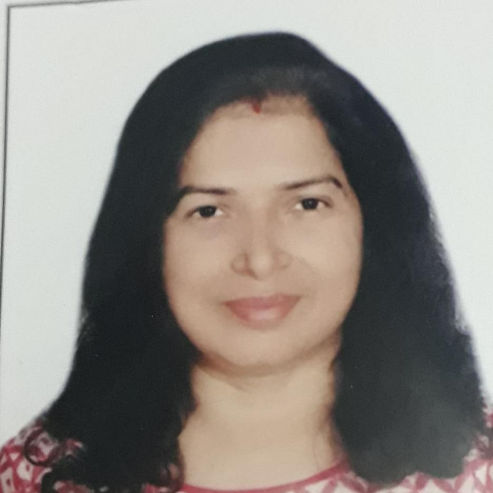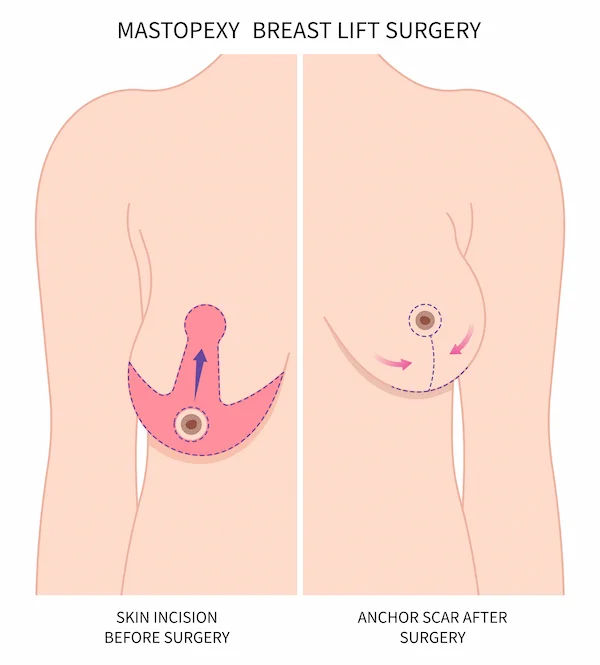3D Mammogram
Learn how 3D mammograms improve the breast cancer detection process with detailed imaging, reducing false positives and improving early diagnosis, even for dense tissue.

Written by Dr Shreya Sarkar
Last updated on 3rd Jul, 2025
A 3D mammogram, also known as breast tomosynthesis (digital technique that uses 3d imaging techniques), represents a significant advancement in breast cancer detection. Particularly beneficial for women with dense breast tissue, this scanning technology improves early detection rates, enabling timely treatment.
In this article, we’ll explore how 3D mammograms work, their benefits, and why they’re a vital tool in proactive breast health care.
What is a 3D Mammogram?
A 3D mammogram is a more advanced form of mammography that creates a 3D image of the breast tissue. Unlike 2D mammograms, which take flat images of the breast from different angles, a 3D mammogram takes multiple layers of the breast from various angles to provide a more detailed view.
3D mammograms detect cancers earlier, especially in dense breast tissue. Traditional mammograms struggle with dense tissue making it harder to see small tumours or abnormalities.
How 3D Mammograms Work?
A 3D mammogram works by taking X-rays of the breast from different angles. The machine moves in an arc above the breast and takes several slices of the breast tissue. These images are then reconstructed into a 3D view, helping doctors assess the breast layer by layer. This reduces the overlap of dense tissue and ensures nothing is missed.
2D vs 3D Mammography
The primary difference between 2D and 3D mammograms is the depth of the images. In 2D mammography, the breast is compressed between two flat plates and the X-rays produce a single image from two angles, one from above and one from the side. This can sometimes result in overlapping tissue that can hide abnormalities.
On the other hand, 3D mammography uses multiple images from different angles to create a layered view of the breast. This reduces the overlap of tissues and provides a clearer view which helps radiologists to detect small tumours or areas of concern that may be missed in 2D mammograms.
3D Mammogram Benefits
One of the biggest benefits of 3D mammograms is the accuracy in detecting breast cancer. Studies have shown that 3D mammography detects more cancers than 2D mammography. 3D mammograms help radiologists to identify potential tumours or areas of concern early on, which is a big step forward in medical science.
Additionally, false positives are common in 2D mammography, where abnormal areas are flagged as suspicious even if they are not cancerous. These false alarms lead to unnecessary biopsies and follow-up tests which can be rather stressful and costly.
The detailed images produced by 3D mammograms reduce the number of false positives. This urges doctors to tell the difference between benign and malignant growths more accurately and with fewer unnecessary procedures.
Who Should Get a 3D Mammogram?
The American Cancer Society recommends all people assigned female at birth start mammogram screenings at 40. Women in the age group of 40-44 can choose to start annual screenings, with 45-54 yearly and 55+ every 2 years.
While the exact recommendations may vary based on individual risk factors, 3D mammograms are especially great for women with dense breast tissue as this group may have more difficulty with 2D mammography.
Women at higher risk for breast cancer, those with a family history of the disease, genetic mutations like BRCA1 (BReast CAncer gene 1) or BRCA2 (BReast CAncer gene 2), or previous breast cancer benefit the most from 3D mammograms.
Risks and Limitations
3D mammography is safe but does involve radiation like traditional mammograms. The amount of radiation used in a 3D mammogram is slightly more than in a 2D mammogram, but the increased detection rates make it worth it. However, women should still talk to their healthcare provider about their personal health history and concerns before having the procedure.
While 3D mammography has its advantages, it has some limitations. Not all facilities offer 3D mammography, and it’s more expensive than a traditional mammogram. While it improves detection rates, 3D mammography is not foolproof and may miss some cancers, especially very small or deep tumours.
Continue to get regular screenings and talk to your doctor for a comprehensive approach to breast health.
How to Prepare for Your 3D Mammogram?
Preparation for a 3D mammogram is the same as for a traditional mammogram. To get the most accurate results:
Don’t wear deodorant, powder, or lotion on the day of the exam as these can interfere with the images.
Schedule the mammogram when your breasts are less tender, one week after your period.
Tell the technician about any breast implants, recent breast surgery, or any symptoms you may be experiencing.
Bring previous mammogram results to help the radiologist compare with current images.
What to Expect During the Procedure?
You will be asked to stand in front of the mammogram machine with your breast on the flat surface. The technician will apply gentle pressure to the breast to get the images. For a 3D mammogram, the machine will take images from different angles. You may be asked to stay still while the machine moves above your breast.
The procedure is quick, usually 15-30 minutes long and you may feel some discomfort from the breast compression. However, the procedure is well-tolerated and the discomfort goes away once the imaging is done.
Interpreting 3D Mammogram Results
After your 3D mammogram, a radiologist will review the images and send a report to your doctor. The report will tell you if there are any abnormalities and if further testing or follow-up is needed. If the mammogram is normal, you may not need any additional tests. If an abnormality is found, your doctor will tell you what to do next: additional imaging or biopsy.
If the 3D mammogram results are unclear or abnormal, your doctor may recommend additional imaging tests like ultrasound or MRI. In some cases, a biopsy may be recommended to determine if the abnormality is cancerous. Note that most abnormal results are benign and further testing will give you clarity and peace of mind.
Mammography Technology
In recent years, several new technologies have been developed to improve mammography accuracy. These include artificial intelligence (AI) tools that help radiologists read images faster and more accurately. AI can find subtle patterns in breast tissue that the human eye may miss, potentially leading to earlier breast cancer detection.
Other technologies include contrast-enhanced mammography and functional imaging which provides more information to detect cancer and differentiate it from benign tissue.
Currently, research is ongoing to improve imaging and reduce radiation. Scientists are looking into magnetic resonance elastography, a noninvasive imaging technique that measures tissue stiffness to detect tumours, and advanced molecular imaging to detect early-stage cancer.
Conclusion
3D mammograms are a boon in breast cancer detection, with clearer and more detailed images than traditional mammograms.
That being said, regular screenings are essential for early detection of breast cancer, and 3D mammograms provide an advanced option for women at average and high risk. While the procedure may not be available everywhere and may have a slightly higher cost, its benefits far outweigh the limitations. You should consult your healthcare providers to discuss whether 3D mammograms are suitable for the screening regimen.
Consult Top Gynaecologist
Consult Top Gynaecologist

Dr. Parul Sharma
Obstetrician and Gynaecologist
8 Years • MBBS, MS (Obstetrics & Gynaecology)
New Delhi
THE DOCTORS NESST, New Delhi

Dr. Mona Yadav
Obstetrician and Gynaecologist
19 Years • MBBS, MD (Obstetrics & Gynaecology)
Dombivli
Nulife multispeciality, Dombivli
Dr. K Anusha
Obstetrician and Gynaecologist
4 Years • MBBS, DGO
Yemmiganur
SRINIVASAA HOSPITAL, Yemmiganur

Dr. Asha Rani Singh
Obstetrician and Gynaecologist
24 Years • MBBS DGO
Delhi
Dr Asha Rani Singh Clinic, Delhi

Dr. Shyamala Devi
Obstetrician and Gynaecologist
38 Years • MBBS, MS Obstetrics & Gynaecology
Vijayawada
Sri Shivshakti Nilayam, Vijayawada




